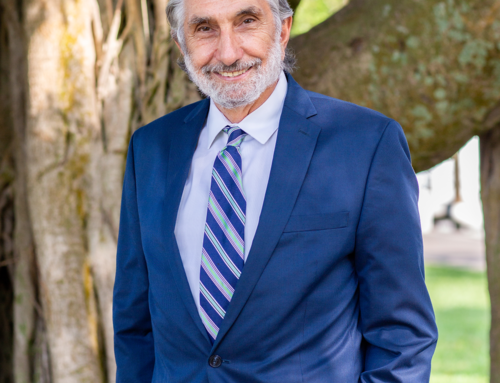U.S. Citizenship and Immigration Services’ (USCIS) processing times continue to slow down as compared to recent years, according to the agency’s own data released this past month. Foreign nationals with pending green card applications seem to be among the hardest hit, having seen the average wait time more than double between the years 2015 to 2019. Wait times, which have stretched from an average 6.5 months to over a year, are not expected to improve in the near future.
Fast Fact: Processing times across all applications increased by 46% over the past two fiscal years and 91% since FY 2014.
Long Processing Delays Explained
Processing delays are not a new problem for USCIS; they existed long before the current administration took over. But several newly implemented policy changes are likely to continue to cause backlogs and even steep jumps in processing times. These changes include:
- In August 2017, USCIS reestablished a prior requirement which stated that employment-based green card applicants (and their dependents) must appear in-person for interviews. Although this requirement is not newly implemented, USCIS often waived the interview requirement, stating that employment-based green card candidates were not high security risks. Because the old requirement is once again being enforced, there are now more cases in line for interview appointments. As USCIS cannot approve cases until completing the interviews, the wait time for interviews – and thus the total processing time – has increased.
- In October 2017, USCIS rescinded a policy which permitted immigration officers to defer to prior decisions regarding visa eligibility when adjudicating extensions of nonimmigrant status (H-1B, L-1 ). Immigration officers are now required to treat every petition request for an extension as if it were a new case, even if little has changed since the initial filing. Immigration officers must now spend more time reviewing each case before approval, causing further delays.
- Beginning March 11, 2019, USCIS implemented a revised Form I-539 (application for an extension or change of nonimmigrant status). In addition to the form change, USCIS will be requiring applicants and their dependents (regardless of age) to attend biometric appointments which are likely to contribute to longer processing delays for nonimmigrant visa applications (H-4, L-2, etc.).Important: In some cases, processing can be expedited by filing a request for premium processing, which entails an additional fee. However, the premium service is not available for all visa classifications and is subject to suspensions by USCIS, so it is not wise for petitioners to rely on this capability in cases other than an emergency.
A Few More Facts About Processing Delays
- Processing delays are likely to continue as USCIS comes to terms with rapidly changing priorities and an ever-increasing workload. Employers and employees should plan accordingly, and stay well ahead of upcoming expiration dates.
- Detailed information about processing times for each service center is available on the USCIS website.
- Remember that the indicated processing times are presented as an average across all USCIS offices. Although long USCIS processing delays are now the norm for all types of immigration cases, your case may require less – or more – time.
Now more than ever, the best way to navigate the immigration process is with the help of a skilled team of immigration attorneys. The team at Probinsky & Cole are well-positioned to help you through your application or petition. Although many processing delays cannot be avoided, we can ensure that all of your paperwork is in order, and that you will not encounter any unnecessary additional delays due to lack of understanding of the process. Whether you are an individual seeking a green card, or an employer looking for assistance with your immigrant employees – our Sarasota and Tampa-based attorneys are here to help.








